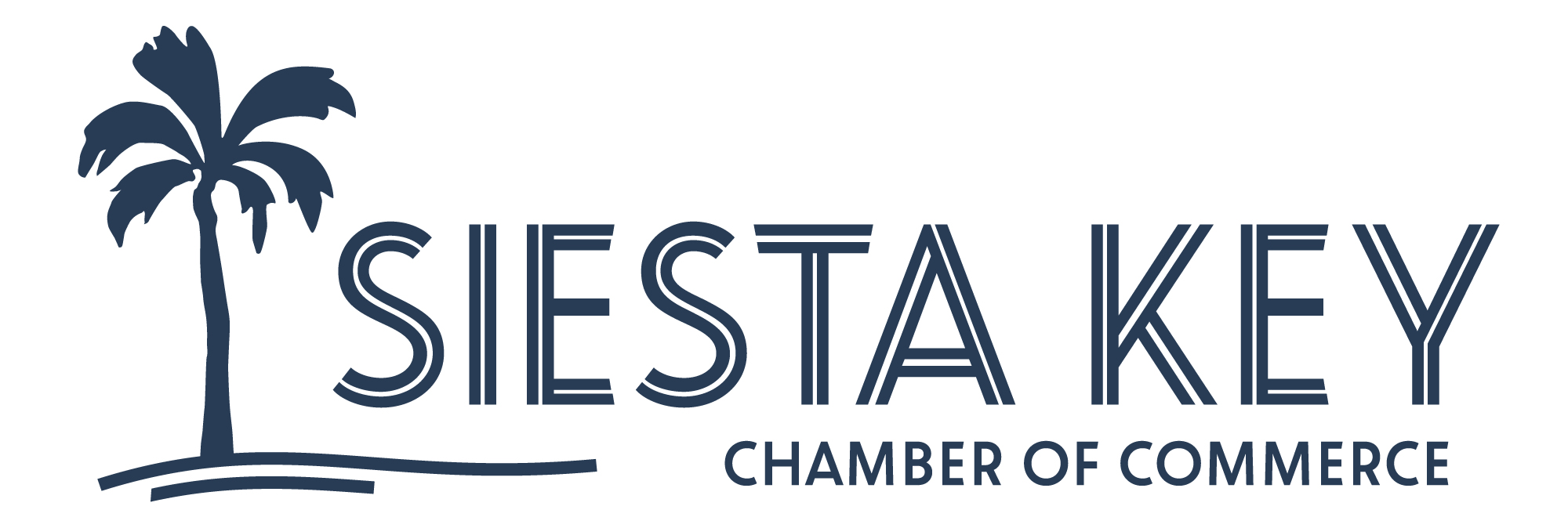UNIVERSAL PROPERTY INSURANCE
How do I directly file a Universal Property Insurance homeowners claim in Florida?
Compile this information BEFORE making a Universal Insurance homeowners claim!
Being prepared before calling for an insurance claim will make it much easier to navigate your way through the process. Fraudulent claims have greatly increased in the last several years bringing big legal and pay-out costs for insurance companies. To stay in business insurance companies are exceptionally careful during the claims process and will limit the coverage to the minimum amount legally required according to the policy. Your preparation for the process is crucial. These are the actions that will help you be ready and obtain the best coverage available according to your policy.
1. YOUR POLICY: UPI has a different approach to homeowner’s coverage. There are several different types of policies, a list of definitions of damage events, levels of coverage, and extra riders. This makes it very important to read your policy and be clear about the coverage you purchased. The different levels of coverage in UPI policies to mistakenly attempt to claim damages that are not covered might significantly hinder communications in the claims process. Always carefully point to a line in your policy when making a specific claim. Make sure to read your policy completely.
2. PICTURES: As soon as possible after the windstorm or event, take multiple pictures of the damage from different angles.
3. DATE THE PICTURES: This serves as proof the damage was more related to the windstorm or event! If someone waits for a month or two later, this opens the door for the claims adjuster to mark more of the damages as ‘not caused by the windstorm or event’.
4. NOTES: Journalize the windstorm (dates, windspeeds, etc.) and all the damages. Be sure to date your notes as well. Again, the sooner you make these notes, the more likely they will be accepted by the claims adjuster as viable evidence. In the event of a court case, your prompt notes will also contribute to a stronger case for you!
5. EMERGENCY REPAIRS: In the event that it is necessary to protect from further damage, temporarily board up windows, and/or use heavy tarps to protect from further rain showers. Carefully keep all the receipts and enter these actions into your journal.
6. HARM TO PEOPLE: It’s unfortunate, but it can happen. If you, your family, or visitors are physically harmed by the windstorm or event, immediate action is necessary. It is essential to obtain the name, addresses, and contact information of all these individuals. Keep all receipts of the medical costs and be sure to enter descriptions and explanations in the journal as well.
7. THE 4-POINT INSPECTION FORM – Be aware that UPI will require their agent to submit the following form at some point in the process. Having this form in advance increases your understanding of the process. Here’s the web address for you: https://universalproperty.com/assets/pdf.
8. DON’T: Here are 4 DO NOTs that will protect your claims process. DO NOT throw any of the damaged items away until the claims adjustor can examine them. DO NOT hire a contractor and make repairs without the adjustor’s approval. DO NOT attempt to make permanent repairs yourself. And finally, “someone” recommended, DO NOT call the adjustor any names or curse at them, it’s been said that this might negatively impact the level of claims approval.
How to make a direct homeowners claim at Universal Property Insurance
If you choose to file the claim yourself directly with UPI:
1. Call (800) 470-0599 Monday – Friday 8:30am – 6pm their information is also available on the web.
2. For claims, PRESS 2
3. Enter your policy number and press #
4. This will take you to a live agent.
To make a claim through a third-party
If you do not choose to file the claim yourself, UPI allows a third-party individual whom you designate to file for you. You may authorize anyone else. This could include a contractor, a public adjuster, or even a property manager. UPI provides a special link for these individuals to file which may be found here https://universalproperty.com/claims/ with the Non-Policyholder button
What does Universal Property Insurance homeowners insurance cover?
The following information is NOT meant to replace or legally interpret your individual policy. For coverage details and further policy explanations, please carefully review your policy and speak with your authorized agent or attorney.
UPI provides a general definition of coverage and then presents a selection of specific policy coverage they call HO-2 (homeowners 2), HO-3, HO-5, and HO-8.
The general definition of coverage that is typically included in all the policies includes the parts of your home listed below. Of course, UPI is careful to say the coverage is all subject to the policy and approval of claims.
The listed covered parts of your home include: the foundation, structure, roof, chimney, inside fixtures permanently installed such as cabinets, countertops, flooring, etc.), attached patios, porches, garage, and an in-ground pool. They also include built-in appliances including the hot water heater, furnace, and sump pump.
It is important to review and include your choice of the following coverages offered by UPI:
• Other structures…fences, mailboxes, sheds detached garages, etc.
• Personal property…clothing, computers, personal belongings, etc.
• Loss of Use…lodging, food, travel, etc.
• Personal liability…medical payments and liability coverages.
• Note: Extra valuable items like jewelry, paintings, and clothing require an additional rider to be covered.
The HO-2 policy is not comprehensive, but specifically defines types of events that cause damage that is covered. It is only safe to say this policy is limited to specific coverage the homeowner selects when purchasing the policy.
The HO-3 policy is more comprehensive. UPI calls it the ‘all-risk’ homeowner’s protection. Though this provides much broader coverage than HO-2, it is important to note that each policy is defined at the time of purchase. When it comes time for a claim, your particular policy is the basis of all claims and review approvals.
Important items like the specific value of your home upon purchase of the policy and at the time of the damage are included in the policy explanations. When buying the policy, it is helpful to choose a ‘replacement cost value’ not a fixed value. That ensures adequate claims approvals at the future time of the incident and claim. It is certain that rising labor costs and construction material prices will far outstrip any ‘fixed values’ in any policy.
UPI provides an online homeowner’s account that accesses your policy and an online management tool that helps to more easily understand your coverage. Also, the policy ‘declarations-page’ provides more of a summary of your coverage. This makes it much easier for you to quickly review.
Roofing damage
Universal Property Insurance homeowner’s policy covers the dwelling structure, flooring, walls, ceilings, and roof.
After the windstorm, here’s some specific roofing information you will need to have available before the claims adjustor arrives for his/her inspection. When examining the roof damage the claims adjuster will need to know the roof age and specific type of ‘covering material’. If you have shingles, there are several different kinds of shingles with different wind ratings. The claims adjuster will also need documentation of the last repair and/or roof inspection.
Also, be sure to have your dated pictures available for him to review. Keep your notes so you can make a more reasonable explanation and not just a description based on “I think I remember it like this…”, or “If my memory serves me right, it was something like that…”. The more confident you are about the description the more likely the adjustor will have confidence in your explanation.
Your Key Roofing advocate is ready to give you expert help today!
You can easily schedule a professional roof inspection or obtain a free estimate for repairs!
Best Sarasota Roofing Company At Your Service
Memberships
HOURS:
Sunday: Closed
SARASOTA AREAS OF SERVICE:
- Lakewood Ranch, FL
- Bradenton, FL
- Venice, FL
- Sarasota, FL
- Palmetto, FL
- and surrounding areas
CONTACT US:
(941) 677-7211
hello@keyroofing.com



